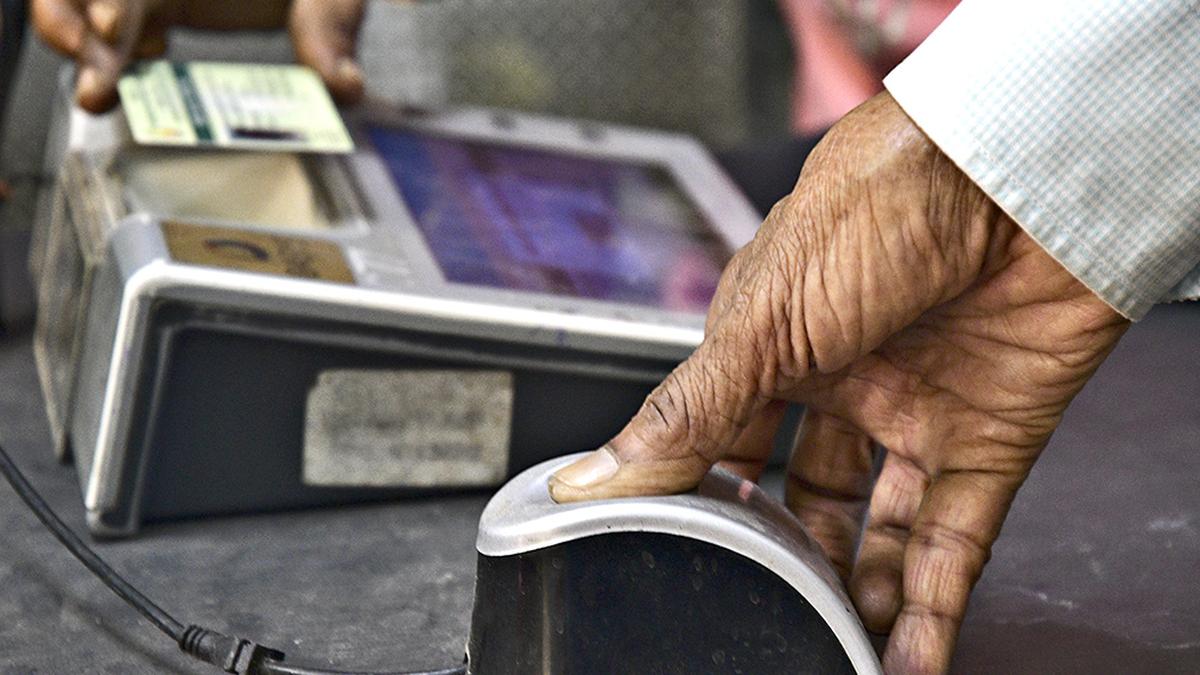





Copyright infringement not intended
Picture Courtesy: cnbctv18.com
Context: The Indian government is considering extending duty restrictions to non-basmati parboiled rice exports, which could involve imposing a 20% export duty on this variety. For basmati rice, there is a proposal to introduce a minimum export price (MEP) of around $1,250 per tonne. The decisions regarding duty and MEP will depend on various factors, including domestic rice prices.
Details
Market response
|
Rice ●Rice is a staple food for a vast portion of the population. It is a dietary foundation for millions, especially in states across South India and the northeastern regions. ●Rice is predominantly a kharif crop, cultivated during the rainy season. It requires specific climatic conditions for optimal growth: ○Rice cultivation thrives in areas with high temperatures, typically above 25°C. ○High humidity levels are favourable for rice growth. ○Regions with annual rainfall exceeding 100 cm are ideal for rice cultivation. ●Approximately one-fourth of the total cropped area in India is dedicated to rice cultivation. ●Southern states like Tamil Nadu, Andhra Pradesh, Karnataka, and Kerala, along with West Bengal, enjoy a climate suitable for multiple rice crops within a single agricultural year. This allows farmers to cultivate two or even three crops of rice successively. ●West Bengal is known for cultivating three distinct crops of rice: Aus Rice, Aman Rice, and Boro Rice. ●Punjab, Tamil Nadu, Haryana, Andhra Pradesh, Telangana, West Bengal, and Kerala are recognized for achieving high rice yields, often due to improved cultivation techniques and agricultural technology. |
Minimum Export Price (MEP)
About
Objectives
Key features
Significances
Challenges
Way Forward
Conclusion
Must Read Articles:
MINIMUM IMPORT PRICE: https://www.iasgyan.in/daily-current-affairs/minimum-import-price
AGRI-EXPORTS CURBS: https://www.iasgyan.in/daily-current-affairs/agri-exports-curbs
|
PRACTICE QUESTION Q. What are the key features of Minimum Export Price (MEP) policies, and what impact do they have on international trade and domestic economies? What challenges might arise in implementing MEP measures, and what strategies can be proposed to address these challenges and ensure a balanced and effective approach to regulating exports? |



© 2025 iasgyan. All right reserved